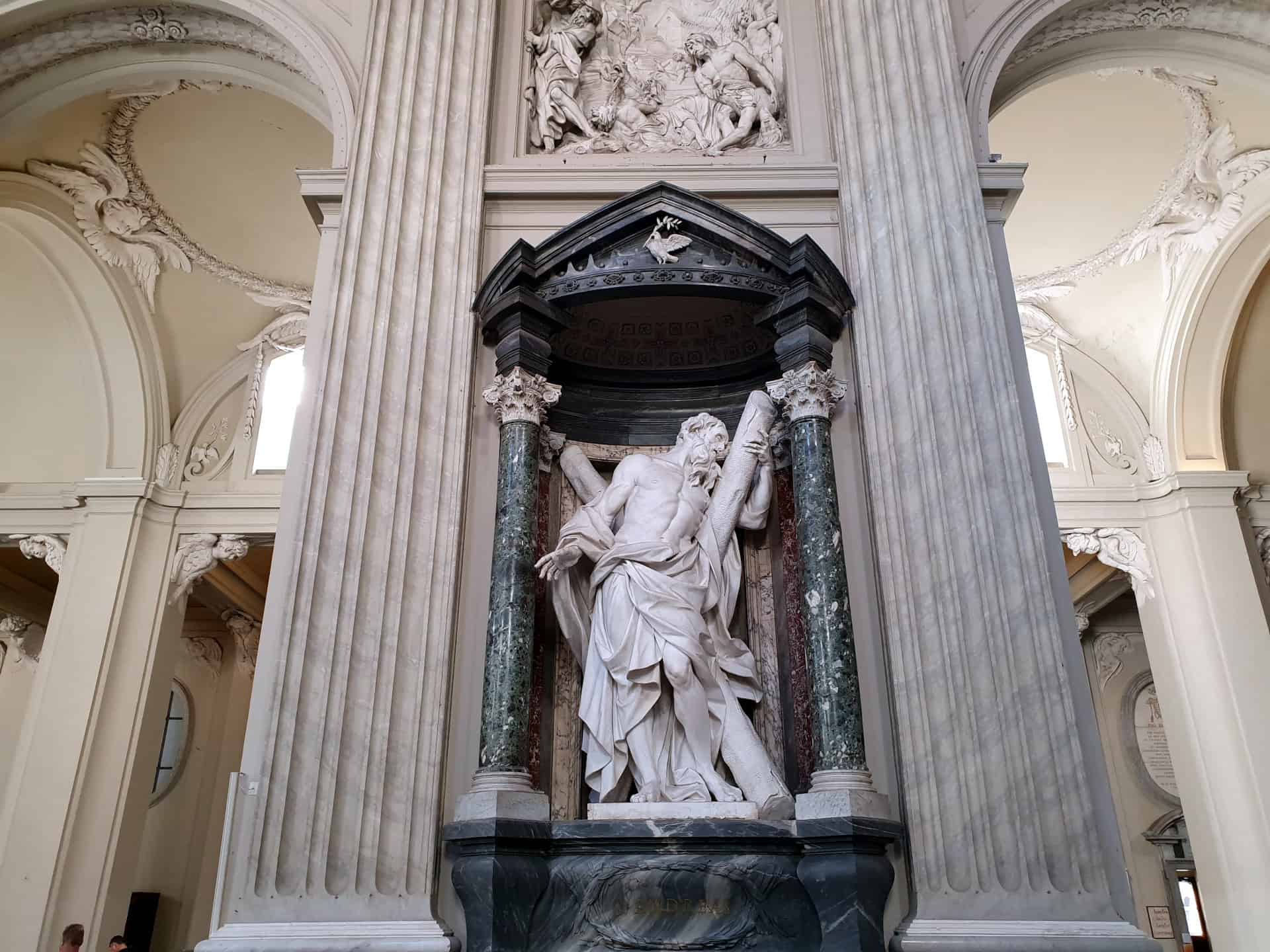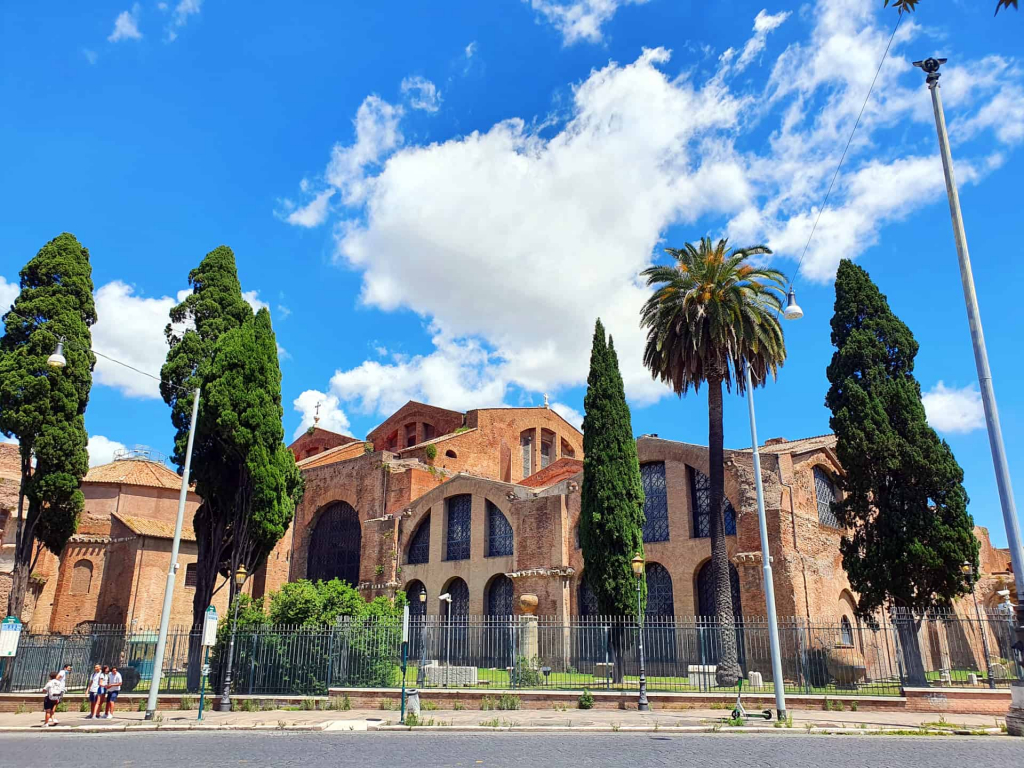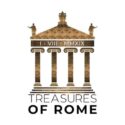
Saint Andrew
Sant Andrew and his brother Simon were originally from Bethsaida on Lake Gennesaret. They owned a house in Kafarnaum and were fishermen.
Andrew was first a disciple of John the Baptist, who led him to Jesus. Andrew then showed his brother Simon the way to have faith in Jesus Christ. Thus Andrew received his traditional nickname ‘The First Appointed’.
When Andrew was proclaimed an apostle in A.D. 26, he was thirty-three years old.
He was a good organizer, but an even better administrator. He was one of the four apostles who belonged to the inner circle, but his appointment by Jesus as head of the apostolic group meant that he served with his brethren while the other three enjoyed a very close association with the Master.

Altar of Saint Andrew in San Andrea della Valle (Rome)


The Crucifixion of Saint Andrew in San Andrea della Valle (Rome)
Of all the apostles, Andrew was the best judge of character. Andrew remained chief of the apostle corps until the very end.
After Pentecost, he set out on a missionary journey to preach the Gospel in Asia Minor and Greece. The episcopal see of Constantinople traditionally dates back to its foundation by Andrew.
There is no detailed information about Andrew in the Acts of the Apostles of Lukas. It is unanimously reported that he was crucified by Patras at the time of governor Egea.
He had become aware of the apostle because of many miracles. Among other things, he gave back the eyesight of the blinded Matthew. He was also responsible for many healings and revivals. He built churches and carried out conversions.

Saint Andrew could not convince the governor of Christianity. According to legend, however, he healed Maximilla, the wife of Egea, converted and encouraged her to abstain.
Thereupon Egea ordered the scourge of Andrew with rods and his slow death on the cross. According to tradition, this crucifixion took place on a cross with diagonal beams – the so-called St. Andrew’s cross. Hanging on the cross for two days, the dying man preaches to the people, veiled by a heavenly light. Egea visited him, mocked him and then fell into madness. The governor died before he reached his house again. His Christian wife then had Andrew buried honorably.
Saint Andrew is credited with numerous miracles. Among them, he freed the prisoner Matthias in Mirmidonia, healed a blind man, converted cannibals and the raised a dead child to life.
The relics of the Apostle are known for the “manna” they secrete. It is a miraculous amber-colored substance given to the sick. His head was kept in St. Peter’s Basilica until 1964, when it was transferred to Patras.
One of his most celebrated miracles is the liberation of Amalfi on June 27. On this day in 1544, with the help of St. Matthew the Evangelist, he is said to have liberated the city from the privateer Ariadeno Barbarossa. In a great annual procession the silver bust (weighing about 800 kilos) of the saint is carried through the city.
Saint Andrew is regarded as patron Saint and as the apostle of Asia Minor, Constantinople, the Russians, and the Romanians. He is the national saint of Russia, Scotland and Romania. He is called for marital bliss and child blessing and against gout, sore throat and cramps. His commemoration day is November 30. Attributes of the saint are the St. Andrew’s Cross, fishes and ropes.

Statue of Saint Andrew in San Giovanni in Laterano (Rome)

Treasures of Rome – Rome Guided Tours
Roberto Alois Lautenschlager Kung
[email protected]
Partita IVA: 17002181000
“ROMA AETERNA EST”
Rome is eternal – (Albius Tibullus)






